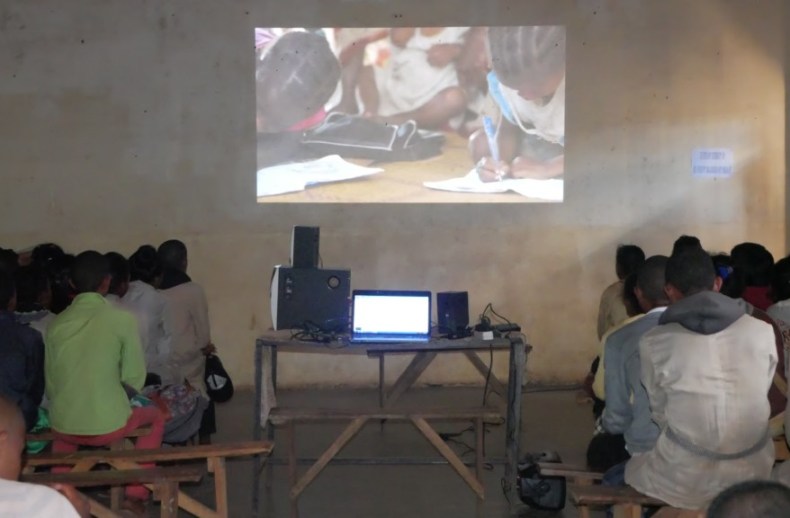In our recent publication, A Case for a Systems Approach to EdTech, we identified 17 EdTech frameworks that provide a valuable bridge between theory and practice. Frameworks are a general outline to show the interrelationships between different subjects in the field; how the parts fit together. They help implementers see the components and connections needed to make EdTech work. These EdTech…










